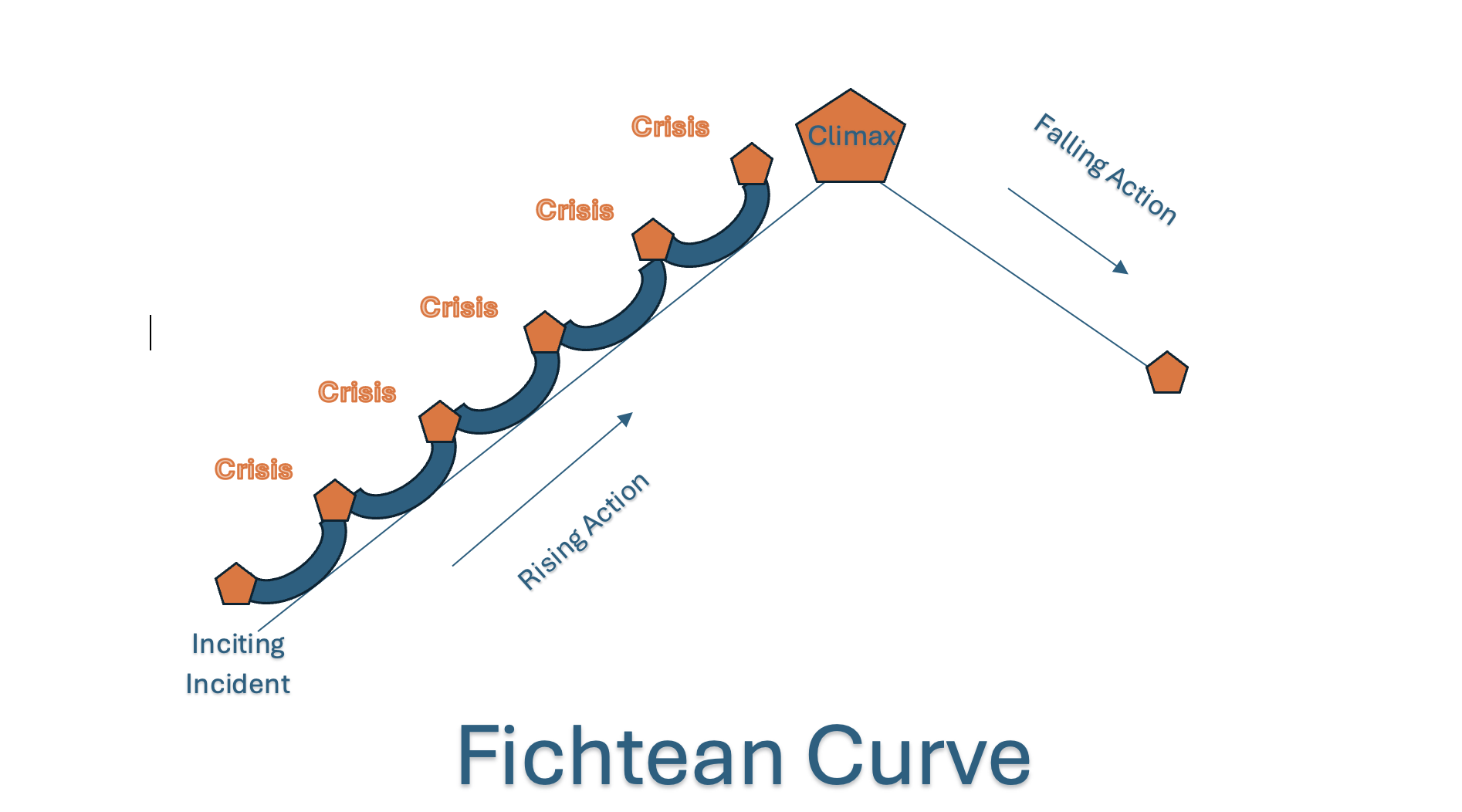Creating a Designated Writing Space
Amazon Affiliate Disclosure
Pauline J. Grabia participates in the Amazon Services LLC Associates Program, an affiliate advertising program, and earns from qualifying purchases from links in this post.
Please subscribe to my email newsletter for updates on my website and blog and exclusive access to the Prologue of my novel, Filling the Cracks, posted a chapter at a time each Wednesday on my blog. You can do so in the form found in the footer of this page. Thank you!
On my journey as a writer and aspiring author, I've learned that it’s essential to have a dedicated writing space—a place where the only thing I do there is writing, so it’s designed to inspire me and help me focus. Without my dedicated writing space, I’m easily distracted and lose motivation and inspiration. In my room, I limit the things that distract me, including those that don’t feed and comfort my muse.
I’ve been asked what a dedicated writing space should look like. “Should” is a scary word that invokes feelings of inadequacy and shame, so I try to avoid using it. Your writing space needs to suit you. It doesn’t matter what works for someone else. It must function for you in your life circumstances. What I present here are mere suggestions, and what I’ve found works for me. You do you.
What to consider when setting up your designated writing space:
I considered a few things when establishing my writing space (or, actually, spaces, which I will explain later).
1. Where will your writing space be located? How much space do you have available to you? Do you have a room, like a small bedroom, den, or even a rented office space, that you can use? (I read somewhere that Maya Angelou would rent a hotel room for her writing space.) Or are you limited in space? You could transform a corner of a larger room into your writing nook. Even a closet can be creatively converted into a writing spot. If none are available, do you have a dining room table, coffee table, or laptop computer table you can commandeer and temporarily transform into your personal writing oasis? There are many options, but what’s important is that you have a specific place to dedicate yourself to writing, a spot that is comfortable with as few distractions as possible.
2. Eliminate those distractions! Anything that steals your focus and inspiration away from your writing must be eliminated. A few things to consider eliminating include other people (your significant other and children) and pets, electronics, including your television, tablet, or smartphone (if you can’t put your phone down for more than two minutes), sources of noise, things that cause you physical discomfort (an uncomfortable chair, the ambient temperature if it’s too hot or too cold, inadequate or overwhelming lighting), and reminders of other tasks, chores, and daily burdens like mail, bills, and such. Clear your space so that only your writing commands your attention. If I can’t get rid of the noise sources, I try to eliminate them by using noise-canceling headphones or even soft foam earplugs.
3. How will you decorate your dedicated writing space? This area must be your comfort zone. It should calm, speak to, and inspire you. Adding personal touches will help you achieve this. Work within your budget and allow your creativity to take over. Some personal touches you can add are adapting the paint color on the walls to something that soothes but inspires you, adding wall art or photographs of your favorite people, places, and things, inspirational posters, sentimental items, attractive and functional storage solutions, plants, mood lighting, candles, incense, essential oil diffusers… the possibilities are only as endless as your imagination.
4. How will you furnish your space? For those who prefer to write with pen and paper, your options include a comfy sofa, bed, chaise lounge, or even an overstuffed armchair. A pillow-based lap desk is a valuable tool. If you intend to write on a laptop for an extended period, your lap isn’t ideal. A hard surface to put your computer on is probably best. This could be a desk or a table of some kind. How large, small, elaborate, or simple you want to go is up to you. Just so long as it doesn’t become a space where clutter can accumulate and distract you.
Seating is critical, too. If you work at a table or desk, you want a seat that will support your body, especially your back, comfortably—perhaps an adjustable high-backed office chair on casters with lumbar support, for example?
You might also consider practical storage furnishings like bookshelves, a chest of drawers, and a table or cart for your printer. Storage is essential since you must contain stationery supplies like reusable notebooks, friction-erasable pens, paper pads, pens, pencils, printer paper, books and magazines, and bullet journals.
How about lighting? Natural light is best, but if you don’t have a source or prefer to write at night, you’ll need adequate illumination for focus and eye health. The best artificial lighting, in my opinion, comes from LED bulbs. They’re closest to natural daylight and are economical and environmentally friendly. A good desk lamp is always a great idea.
5. Writing tools and equipment are a consideration as well. Do you prefer writing by hand? Then you’ll need writing implements like pens, pencils, erasers, correction fluid, etc. Finding the type of pen and ink you like the best is essential. Do you prefer writing on a laptop or desktop computer? What brand and style? What features will you need? How much memory and battery life? What about accessories like a printer and scanner? USB Memory sticks? You might also need notebooks, notepads, journals, binders, index cards, Post-It notes, markers, highlighters, sound-canceling headphones, or even foam earplugs. It would be best if you focused on function as well as aesthetics.
6. Personalizing your writing space is important, too. Do you have favorite books or books for research or instruction in the craft? How about including artwork that inspires you in your space? It can be comforting to keep the photographs of your favorite people, places, and things within eyesight when you glance away from your work. How about a comforting throw or a favorite cardigan? Or a warmer for your favorite mug of coffee or tea? Maybe a pinboard for posting ideas, quotes, and the like that help inspire what you’re writing would be a good idea. Anything that motivates and doesn’t distract you from making your writing space specifically yours.
My Designated Writing Spaces.
In the UAE: I have two writing spaces in two different countries, depending on where I live at any particular time. My permanent home is in Alberta, Canada, and I have a whole room dedicated to my writing space there. However, for part of the year, I live in the United Arab Emirates, where my husband is employed. We live in a tiny one-bedroom flat in Ajman, and my husband and I have to share a dining room table for our laptops. Finding a dedicated space in the UAE is tough! But I have a specific spot at that table where I keep my laptop, noise-canceling earphones, notepads, pens, tissues, and a three-wick scented candle. When my husband tutors math students over ZOOM, and it gets a little noisy, I take my laptop, reusable notebook, and friction-erasable pens out to our balcony and sit at a bistro table to write. Our flat is on the thirty-fourth floor of a fifty-two-story building, so our balcony overlooks the landscape of the urban Emirate. It’s a beautiful view. Sometimes I’ll take my notebook and head down to the tea shop at the base of our building. From there, I sip karak tea and view the sandy corniche and the waves of the Arabian Gulf crashing into the shore.
In Canada: My room in Canada is by far my favorite place to write, and I’ve spent hundreds of hours there already, with many more to come, so I am constantly tweaking the space to make it comfortable, inspiring, and functional. It’s a south-facing room with a large window, so I have plenty of light when I want it, but on hot summer days, I have room-darkening, insulated curtains to keep it cooler. My home is air-conditioned in the summer and hot-air heated in the cold winter. I use a simple table and an older wooden student’s desk with a drawer to write on. They form an L-shape in the corner of the room under the window. One wall has floor-to-ceiling bookshelves from IKEA, where my husband and I store our favorite fiction and non-fiction books. I also keep my instructional books, magazines, notebooks, binders, and journals devoted to my writing. I have a bedroom chest of drawers to store extra stationery supplies and a living room end table I converted into a table for my printer and extra printer paper. A ceiling light fixture, an LED desk lamp, and a lilac-colored glass globe lamp from IKEA light my room.
On my desk, I keep my laptop, paper notepads for jotting down notes, thoughts, and research, and several pen holders for the variety of writing implements I use. I have separate cups to hold my friction erasable pens for my reusable notebooks, gel pens in black ink, mechanical pencils, markers, and highlighter pens. I also keep two plants under the window: my Chinese Money tree and my avocado plant, which I grew from an avocado pit and now stands three feet tall. I also have my three-wick scented candle. I don’t like to write without a candle burning nearby.
On my walls are two magnetic whiteboards, one with a perpetual calendar that helps me stay organized. I also have my Bachelor of Education degree mounted on the wall, and I am constantly posting quotes and inspirational sayings that inspire and motivate me. I’m refurbishing a wooden photo collage frame from the Salvation Army Thrift store, which I will fill with photographs of family, friends, and pets and hang above my desk.
Since the room is drafty in the frigid winters we get in Alberta, I keep a favorite kimono-style cashmere wrap or a cozy throw to keep me warm and comfortable as I craft my novels.
Do you have a dedicated writing or reading space? I’d love to hear your feedback.
Please share this blog with your friends and family. Thank you again for your support. May God bless you richly!
Warmest Regards,
Pauline
Related Posts:




In previous posts, we have explored various forms of story structure, including Freytag’s Pyramid, the Fichtean Curve, and the Hero’s Journey. Each of these is an effective story structure for a writer, depending on the narrative. The Three-Act Story Structure is one of the most used story frameworks in literature and film. This structure divides the story into three main sections or acts: Act 1, the Setup (or Beginning); Act 2, the Confrontation (or Middle); and Act 3, the Resolution (or Ending). This will not be a comprehensive exploration of the three-act structure, as there are other blogs listed at the end that do a much better job than I could of deeply examining the elements of this structure.